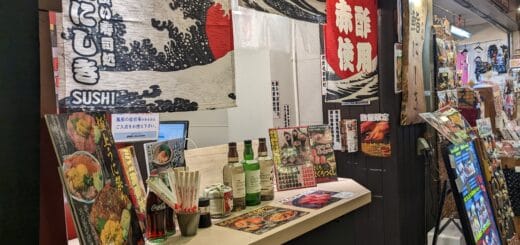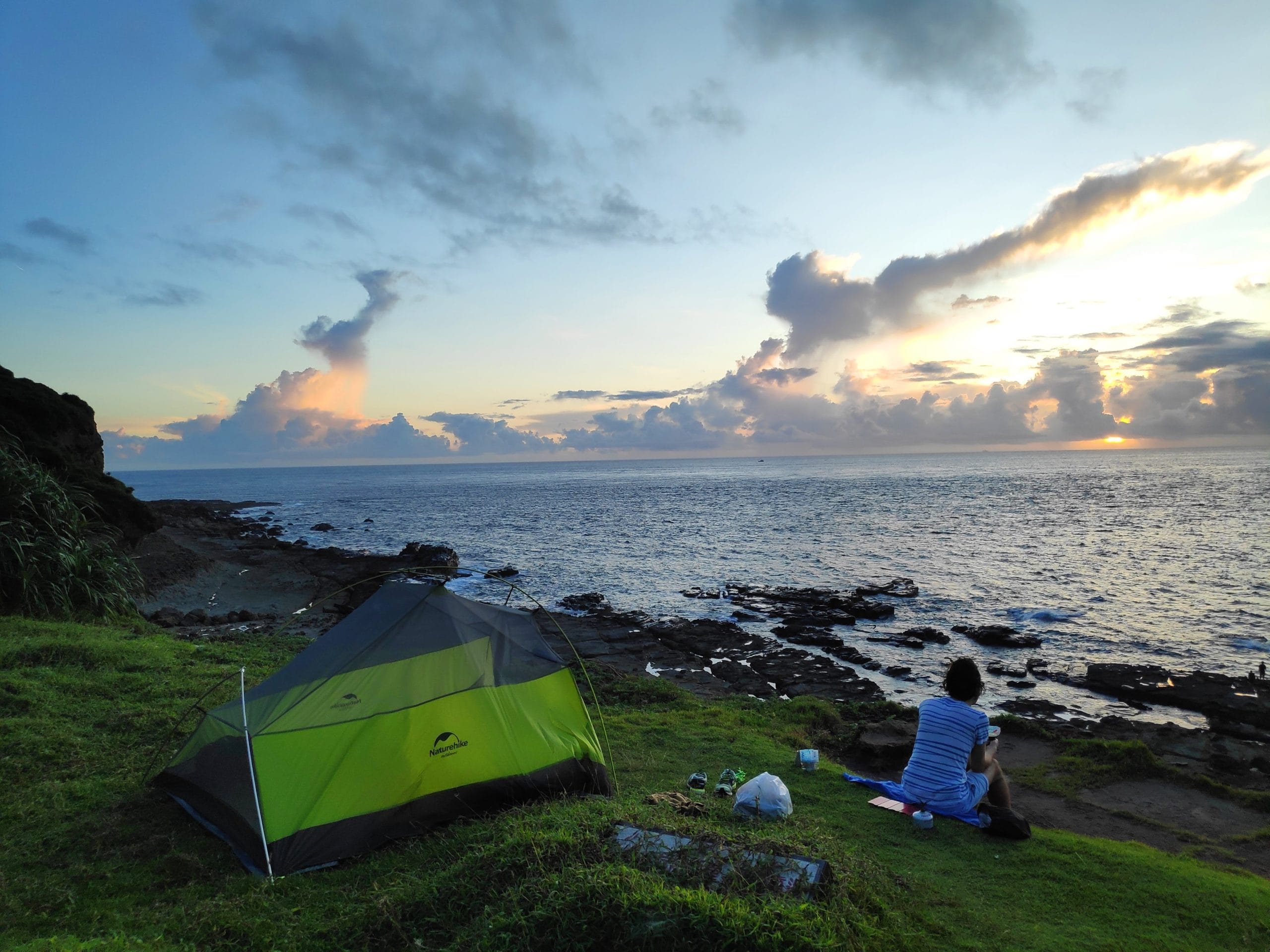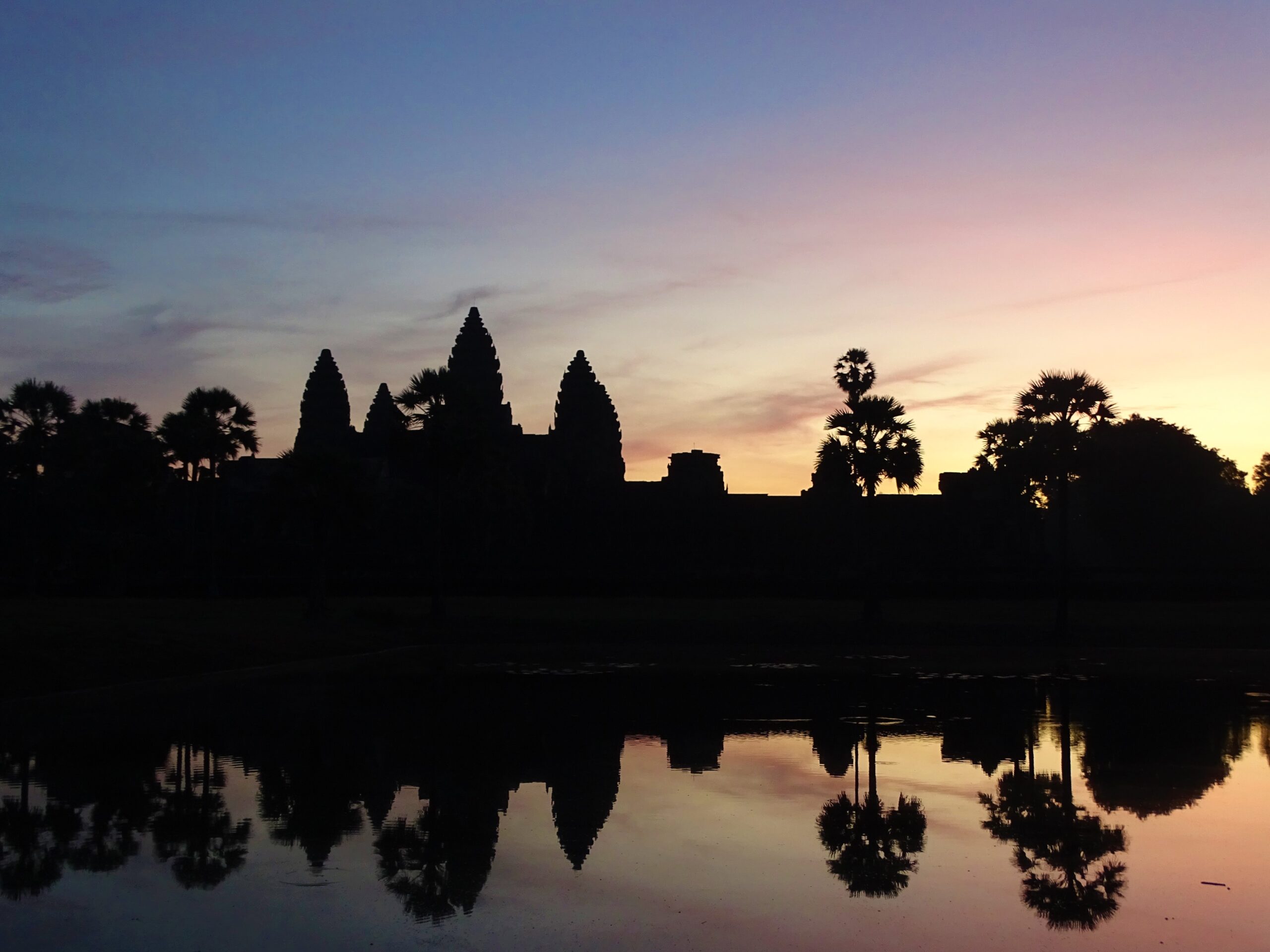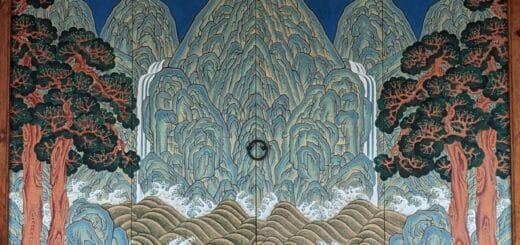Silk road; China
China. Some people state ‘you either love it or hate it’. In that case, I guess we’re still somewhere in between…Only for the delicious food you can spend whole days eating away at local markets and there are beautiful natural wonders to visit. But cameras placed on every street corner will follow how you eat your noodles. When we arrived at Urumqi after a surprisingly nice flight, we were in for some unpleasantness; after some 10 checkpoints at the airport, where we were kept waiting to exit the airport, because they had to check our Visa 3 more times, our luggage had to be unpacked and since we didn’t understand them, they began to speak chinese more loudly and loudly. When we finally made it out of the airport we had to que for a taxi, which took over 1,5 more hours. Frustratingly most hotels only provide rooms for mainland Chinese citizens, which left us searching for a room until the early hours. Now we know Urumqi is not the best place to exemplify China, but with our fingerprints and iris scans already in the system we couldn’t shake the feeling that they knew everything about us and that we were being watched all the time, throughout our journey. It also didn’t help to hear rumors about a ‘social point system’ being introduced in some regions or cities, where people will lose points for various offences such as walking through red lights or not visiting their parents enough. Summed up, it is starting to have a lot of similarities with James Orwell’s 1984 (a book which is recently forbidden in China…)
But let’s start talking about our journey; we followed the footsteps of ancient travelers along the Silk Road through China, from Urumqi to Beijing. A journey with both beautiful natural phenomenons, great cultural/architectural sites and of course great opportunities to feed your appetite. We visited the beginning of the great Wall in Jiayuguan, were the wall is built out of rammed earth, instead of the brick stone wall as we know it from near Beijing and saw the otherworldly rainbow mountains at Danxia national geopark. Instead of riding a camel or horse, we decided to travel on the recently built high speed railway through Western China. This saved us a lot of hours to see some more highlights along the route and wonder about the diversity between muslim Ughuiri, monks from China and Tibet and more traditional Chinese culture, including sampling all different styles of food.
By the way, thank God for Google translate (although companies such as google, do remind us at 1984 as well 😉)! With our Chinese skills of a 2 year old, we couldn’t have moved this quickly without constantly taking pictures of our hotels and places we wanted to visit in Chinese characters and by translating all our questions with the translate app.
In Urumqi we visited the international Bazar which is slightly over the top/modernized, but still worth a visit. In the people’s park we took a day to watch people and relax; old men dead seriously playing diabolo, or trying to figure out salsa dancing in their own worlds, while across people trying to sing brought their own speakers, so everyone could enjoy their high notes (more or less).
ahead of all rushed, noisy, selfie-making, wrapped up, huge Chinese tour groups

At Zhangye we planned to visit Danxia Geopark at sunrise, not so nice when leaving your comfortable bed at 4 am, but worth it when staying ahead of all rushed, noisy, selfie-making, wrapped up, huge Chinese tour groups. There is something about these tour groups; China is big and has an increasing number of middle class inhabitants, thus tourism increases drastically. Understandably such big groups of people on the move need to be managed well, but unfortunately this leads to national parks that are turned into a sort of amusement parks, including demanding signs, music out of hidden speakers and broad paved walkways through beautiful natural parks. By 9 am we already exited the park, leaving enough time to visit the temples and buddha caves at Mati Si. These caves were beautifully hand carved in the peaceful mountain region near Zhangye. It was surprisingly nice to see so many women taxi drivers over here and also typical that half of the people in Zhangye, including taxi drivers wear a blue workers overall. There is an great abundance of taxis and it’s easy to arrange a taxi for the day to both Danxia and Mati Si. Furthermore, in almost every city we’ve visited, taxis were the most convenient and cheap way to get around if there wasn’t a metro around (but always ask to use the meter). Next day we checked in as probably the only visitors for the day at the Wei Jin tombs, brick walled underground catacombs. Finally, a much needed cooling tourist attraction 10 meters underground, in these arid and hot desert surroundings!

While moving on to Lanzhou, the high speed train showed some delightful propaganda movies, playing over and over again at the screen above our heads leaving us wondering if China isn’t already way ahead of us. Lanzhou definitely is a bigger city than we had seen so far (but with around 2 million people still considered a small city by Chinese standards). Also it was previously ranked as one of the most heavy polluted cities in the world. But it is a good city. A very good city. It’s the noodle capital of the world, famous for its ‘Lanzhou beef noodles’ which are delicious hand pulled noodles available at almost every street corner of this wonderful city. Off course we had to sample them different times and confirmed; they are delicious! Furthermore, you could see the effort of the municipality to reduce smog by using electric busses, electric steps and greening the city.
Some ‘om mani padme hums’ later
With our bellies full of noodles we could move on to Xiahe, a ethnically Tibetan town with a huge monastery. Its seems almost like an obligation to take the English tour to get to see some of the buildings inside the monastery, so we (un)willingly followed our sort of English speaking and happy smiling monk around the property. He left us at a temple where at 11.30 all monks rushed inside, leaving a pile of boots in front of the entrance and starting to murmur their prayers. Some ‘om mani padme hums’ later we decided to walk further, to be precise 3 km further, following the countless prayer wheels around the monastery. A good work-out if you have to do this each morning, especially when doing it while falling down on your knees and touch the ground with your forehead every three steps… something we decided to leave up to the fanatics, who were also present here. There is a nice hike in the nearby valley, where you can traverse your way up between the plump looking (but really fast) marmots. A thunderstorm turned us around and back down after a while, but on the way back we were treated to some amazing views over the monastery and the city of Xiahe.
Next day the Sangke grasslands were a bit of a disappointment; it turned out to be more of another chinese tourist trap. While the grasslands were of real beauty, it was hard to enjoy them with the amusement park like farms and pony rides. At least there was enough shopping/ Tibetan eating to do in Xiahe to fill the rest of the day, especially if you like shawls or want to compile your own monk outfit.
Our next stop, Xi’an, feels like a different world compared to what we’ve seen so far. It’s much more developed, and might be more attractive to western tourists; it was the first time in a week that we could glaze our eyes upon other tourists (as the chinese did with us). There are a lot of things to see and do in/around Xi’an but Dutch as we are, we started with cycling around the huge city wall (14 km long). Since it was already really warm and soaking wet we were happy to start the day with something active, so we could spend the rest of the day eating and walking around in the muslim quarter.
After spending a morning in picturesque Pingyao (too short, we will come back), we were ready for Beijing. Saying goodbye to the comfortable high speed train, to hop on the most efficient metro system we’ve ever experienced, with nice cool air flowing through the metros to get you ready for the next stop above ground, where the air is so humid that sweat will pour down your face the minute you step out of the subway.
perfectly suitable for our ‘illegal purpose’

Actually the weather worn us down a little in Beijing…so we decided to go camping on the great wall instead! Although a little ‘illegal’, it’s a great way of exploring the untamed wild wall, and the watchtowers are perfect spots for placing your tent (If you leave no traces, local authorities will not have a problem with it). Two bus rides away from Beijing you will find the small town of Zhuangdaokou as described in the LP, and there is a nice and quite wild part of the wall, perfectly suitable for our ‘illegal purpose’.
In conclusion it was a wonderful trip, more of an experience than a holiday but definitely worth it!
See photos of this trip through Kazakhstan, Kyrgyzstan and China.













